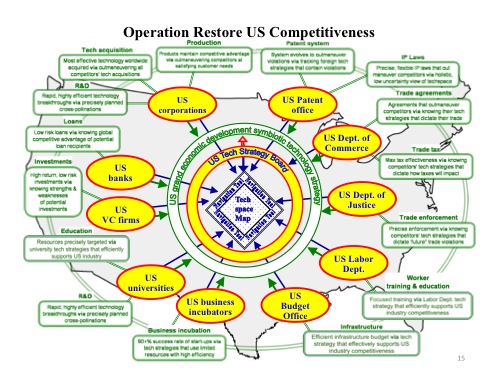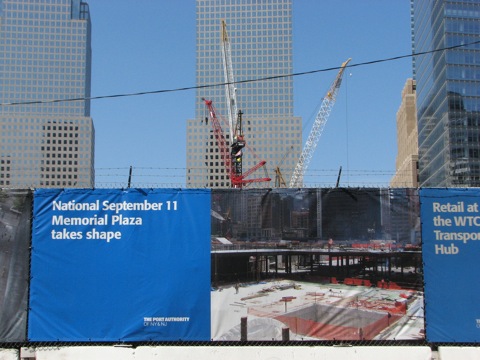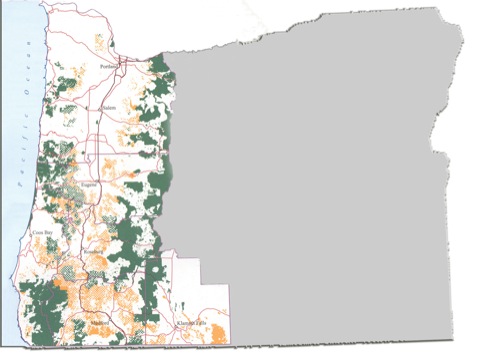Someone named Marc Fasteau urges the United States to adopt an industrial policy. Because, after all, it worked so well in Japan (two lost decades of nearly zero economic growth), China (rapid growth but rampant corruption), and Germany (which has fined one of its biggest manufacturers more than $1.5 billion for bribing local officials to sell its products).

Fasteau’s column is accompanied by the above mindbogglingly complex (and almost unreadable) chart showing how five federal departments or agencies would work with banks and corporations to create a US Tech Strategy Board that would engage in a “technology based planning system.” This system would be sure to bring the rapid pace of technological advancement in computing, biotech, and other fields to a near standstill. The board would no doubt endorse high-speed rail, minicomputers, composting toilets, and other “modern” technologies.









